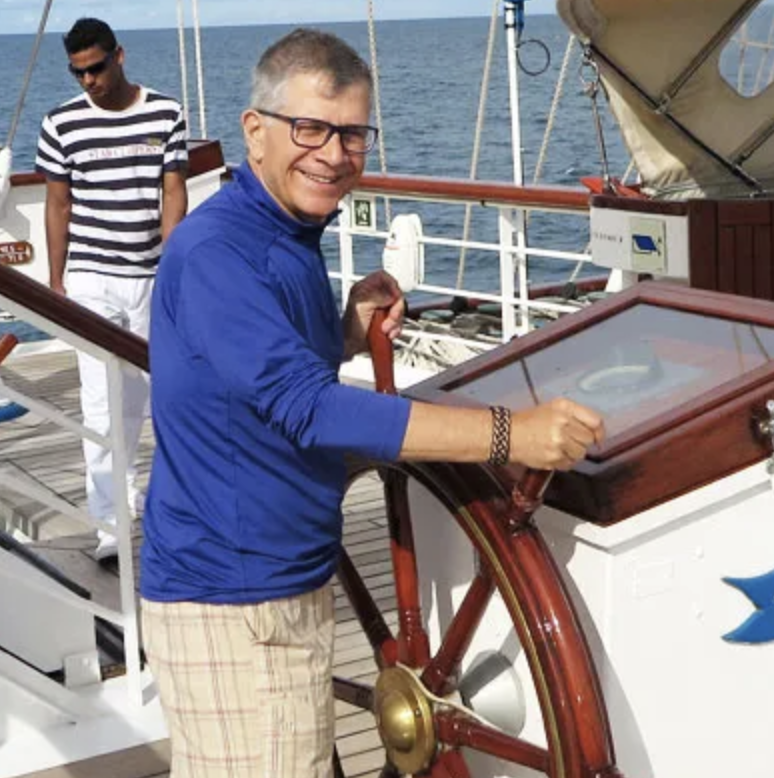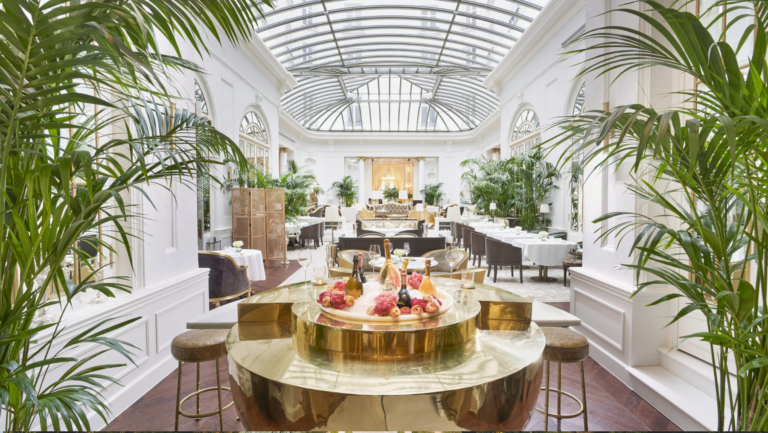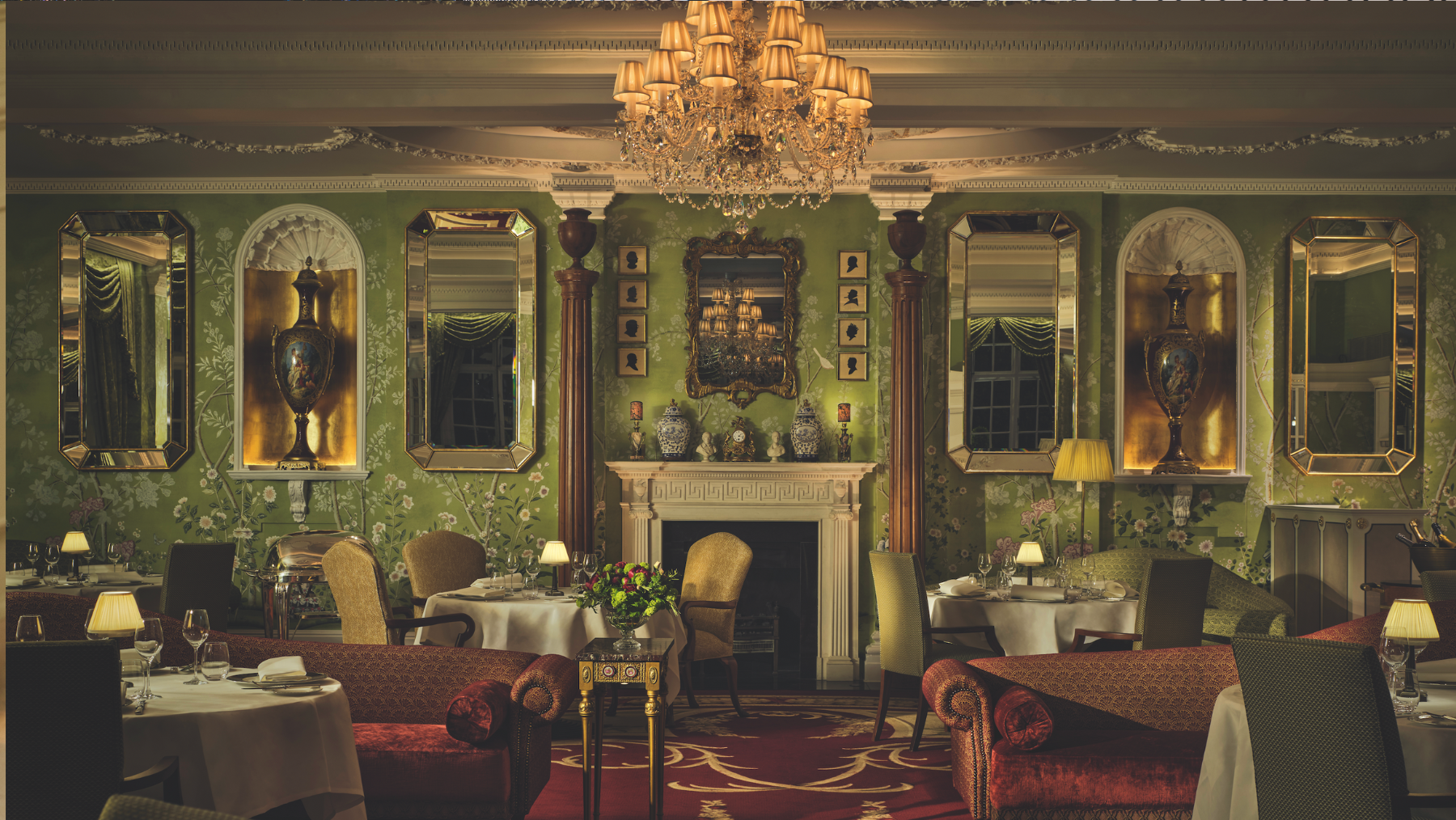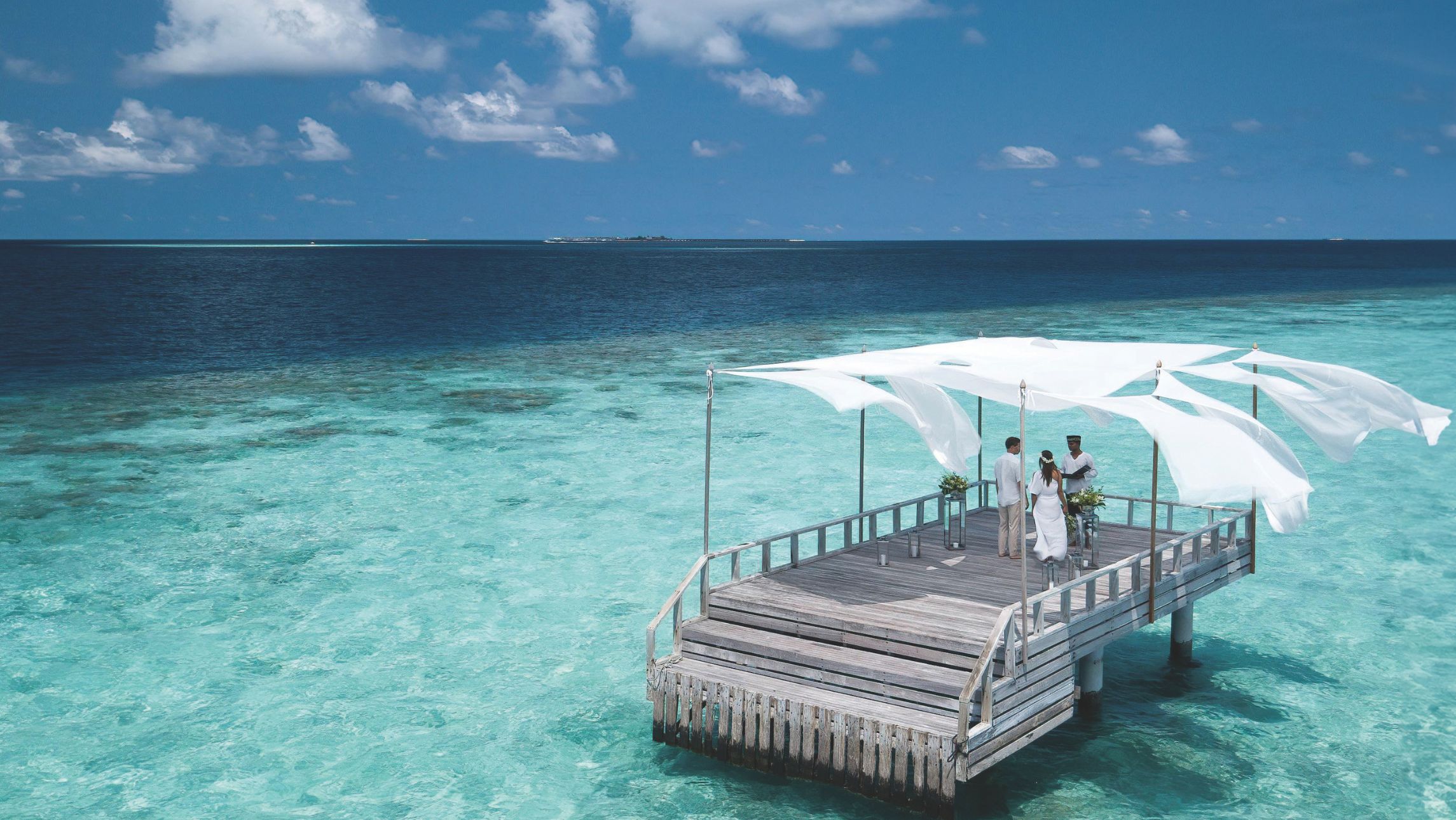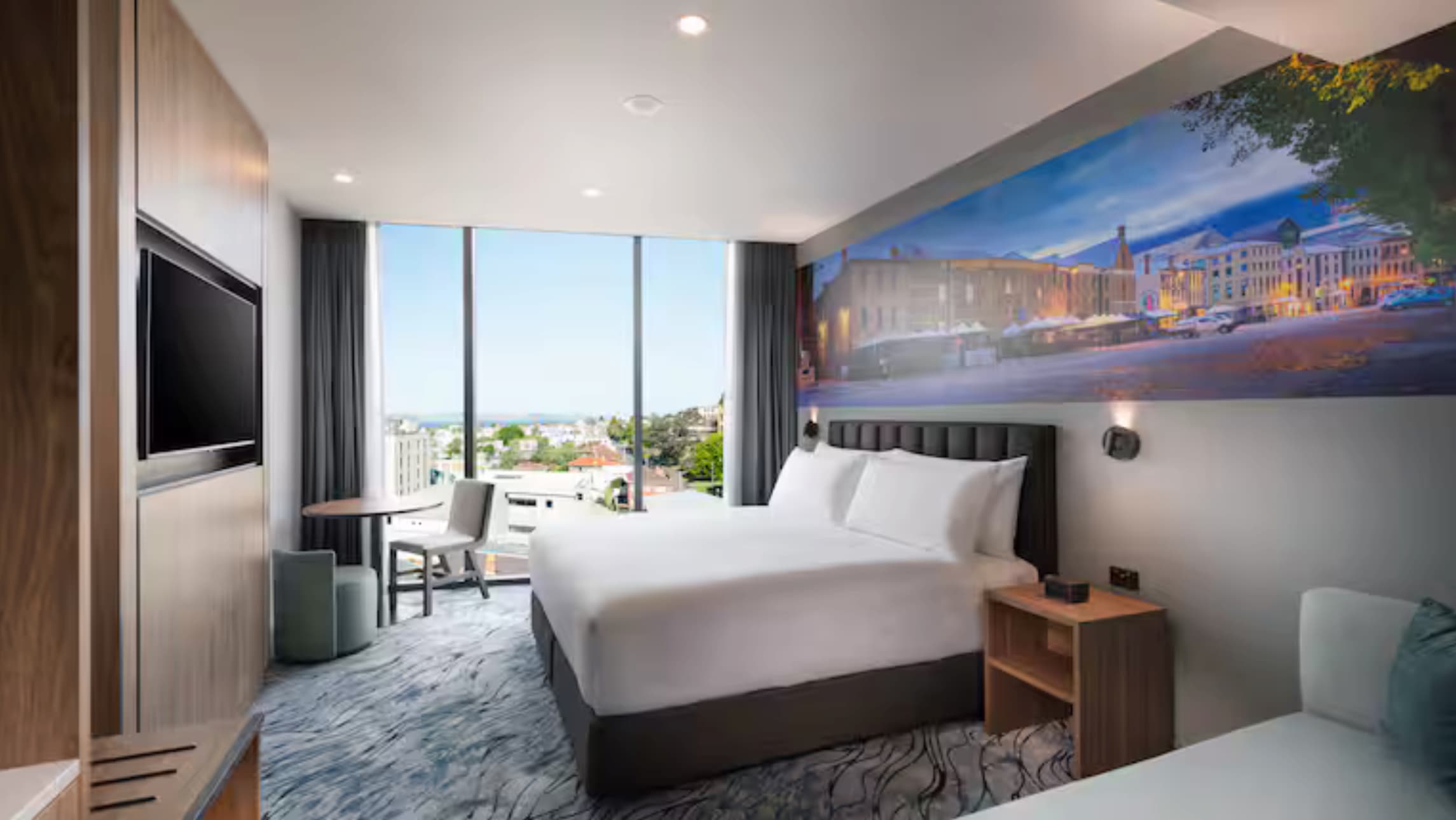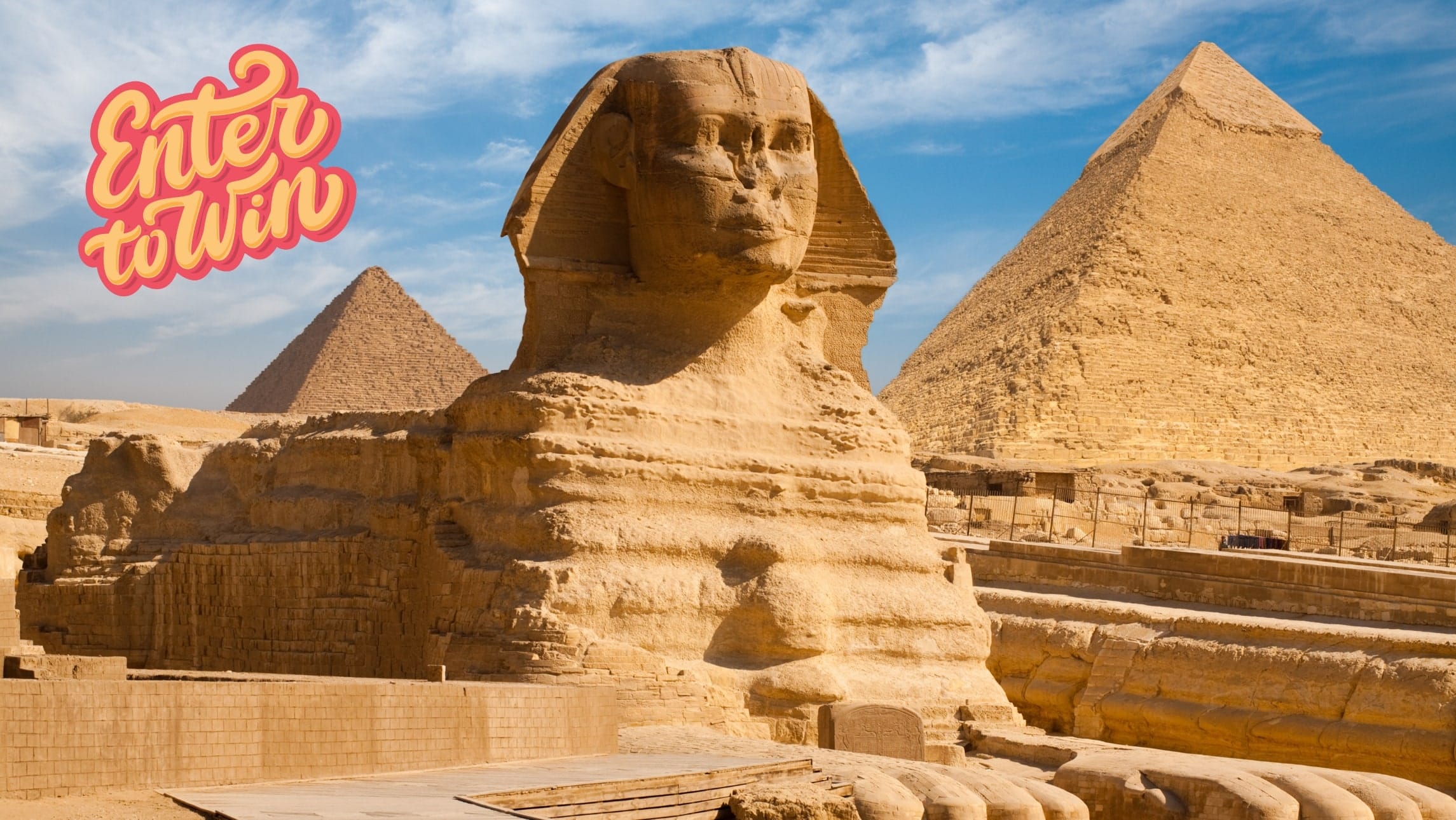What Michelin’s new hotel rating system means for travellers – and what makes a Three Key stay, writes Hannah Meltzer.
In 1900, a French tyre company published a restaurant guide to encourage motorists to take to the road and buy more of their product – genius content marketing way ahead of its time. It began attributing “Stars” in the 1930s and we know the rest of the story: a new reference for fine dining was established. Today, Michelin is hoping to write a new chapter with Keys, a three-tier designation system just like the Stars, but for hotels, which it is hoping will become that same reference point for accommodation.
This is not entirely new ground for Michelin. The Guide has always included accommodation recommendations and lists 5000 hotels throughout the world already. As with the culinary Stars, the Keys are awarded following visits from anonymous judges, whose identities are confidentiality protected to avoid any kind of special treatment. The inspectors, high-level hotel and restaurant professionals from around the world, work in committees to choose which hotels are featured.
Inside Michelin’s ‘Keys’ Ranking: What Sets These Luxury Hotels Apart
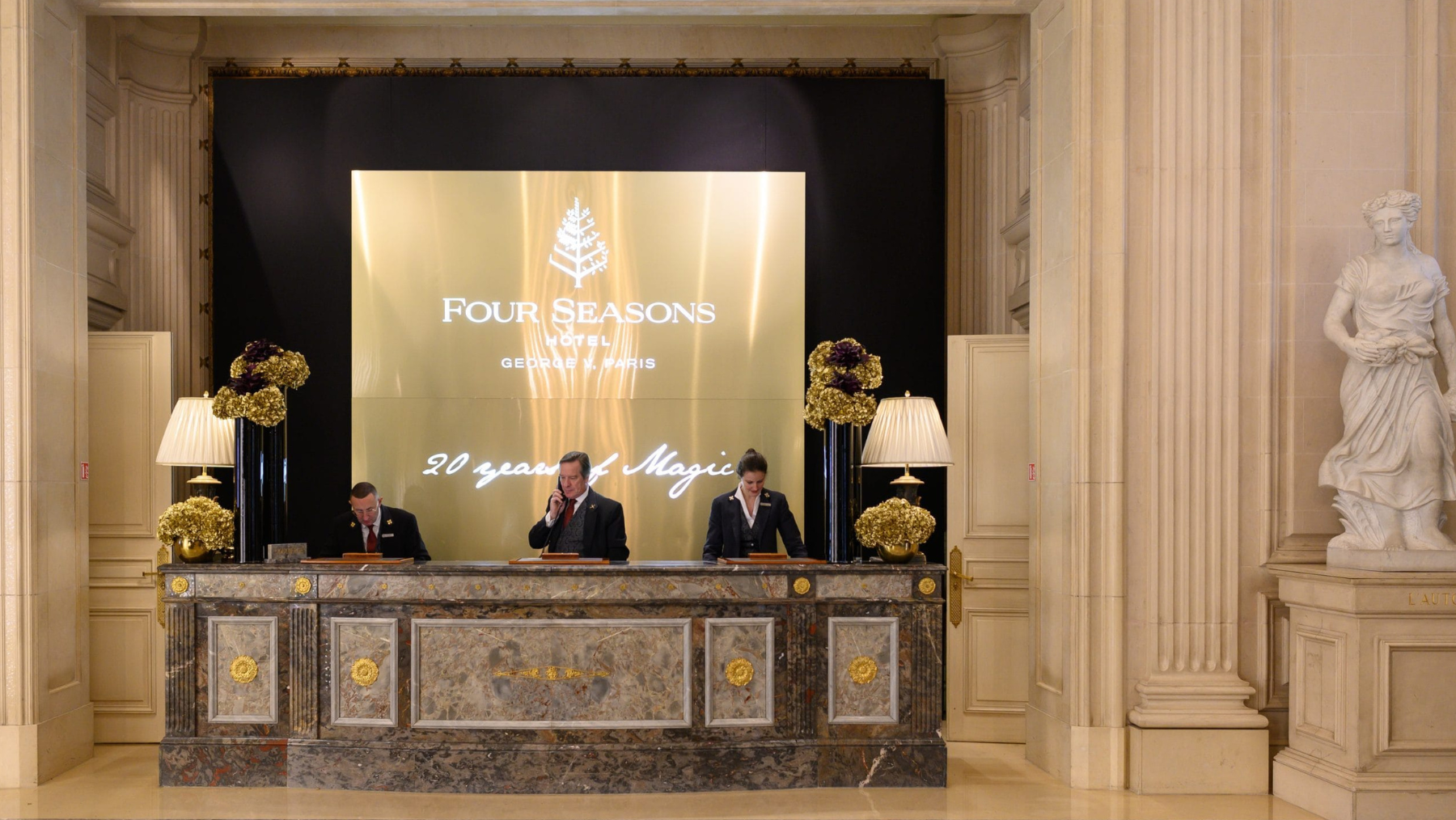
According to Gwendal Poullennec, the international director of the Michelin Guide, inspectors look out for hotels “offering the most remarkable experiences” in a number of criteria: architecture and interior design, quality and consistency of service, overall personality and character, value for the price, and a significant contribution to the guest experience in a particular setting.
The announcement of the Keys began, naturellement, with the French market in April 2024, with the US and Spain following not long after. The selections for Italy and Japan are to be announced later this year and it is expected that additional countries will be added as the practice goes on.
The French market has the highest number of Keys awarded so far, with 24 Three Key hotels, denoting “an extraordinary stay”. The French tourism authorities already consider France to be a world-leading destination in luxury travel, hence the creation of the “Palace” distinction in 2010, awarded only to French five-star hotels that fit criteria such as having a spa and a world-class concierge service.
It’s essentially like classifying a hotel as six star: those that make the cut, such as Le Bristol, are generally in a different league to other hotels in terms of opulence and have price tags to match too, to the tune of €2000 ($3200) per night or more (not including breakfast!). There are 31 of these properties across the country, 12 of which are in the capital.
A number of them are recognised with Three Keys in this new Michelin ranking, including La Réserve, rated 9 out of 10 by myself, known for its modern take on classic luxury. Its restaurant, Le Gabriel, was also awarded the elusive three Michelin Stars this year. I said at the time: “Aside from the exquisite styling of star designer Jacques Garcia, this ultra-luxe Parisian hotel offers a hard-to-beat location in one of the most prestigious areas in the city. There are 14 rooms and 26 suites, even the smallest of which are the size of a standard Parisian apartment. Butler service is standard, while the spa offers a range of high-end treatments.”
The hotel is accompanied by traditional Grandes Dames such as Le Bristol, which I scored 9 out of 10. This hotel basically allows guests to feel like Belle in Disney’s Beauty and the Beast when Lumière, the singing candlestick proclaims: “Tie your napkin ‘round your neck, chérie, and we’ll provide the rest.” I said in my review: “The feel is traditional grandeur, from the physical key for each room, to the original Forties elevator and resident Burmese cat Fa-Raon [retired in 2021 and replaced by a kitten called Socrate], often found sleeping under a Louis XV chair in the lobby.”
The Four Seasons Hotel George V, located in Paris’s swanky “Golden Triangle”, also receives top billing, along with Le Meurice, the Plaza Athénée and, of course, Ritz on Place Vendôme. All of these establishments also have between one and six Michelin Stars each attached to their restaurants.
However, the Palaces and the Three Keys are not like-for-like, perhaps highlighting that they serve a slightly different purpose – not least because Michelin is aiming for its rating to have global reach, rather than be limited to only French excellence. Michelin inspectors selected the 11-room Maison Villeroy for Three Keys, though it is not a “Palace”.
While I understood the majority of the choices on the France list, there were a couple of omissions that surprised me – Byblos in St Tropez, for instance, also a Palace hotel. I stayed recently and thought it was up there with the best of them. The UK Telegraph’s reviewer commended its style, which pays tribute to St Tropez’ fishing village origins, top-tier service that treats everyone like movie stars and sceney beach club.
With the exception of the Mandarin Oriental, all of the Paris palaces get at least one Key. The Lutetia on the Left Bank and the Peninsula near the Arc de Triomphe both get Two Keys. I would say they’re every bit as decadent as their Three Keys counterparts: the Lutetia has a suite for €10,000 ($16,242) per night featuring a camera collection of Francis Ford Coppola, while the Peninsula has a bespoke caviar tasting menu and in-room nail polish dryers. We’re left speculating as to why these two don’t make the top tier, though perhaps Lutetia not having a Michelin-starred restaurant is a factor.
As with the dining ratings, there is a certain sense of mystery. Admirers of Michelin Stars revere the elusiveness of the designation, but it is also criticised for its elitism and opacity.
The Spanish selection includes five Three Key hotels, 12 Two Key hotels, and 80 One Key hotels, with a mix of city mansions, such as Mandarin Oriental Ritz, Madrid (Three Keys), island beauties such as Es Princep in Palma de Mallorca (One Key) and food-led addresses such as Akelarre in San Sebastián, which now has to find room to store its Two Keys next to its Three Stars.
But it’s not all about the bling-bling. The more widely attributed One Key rating in particular leaves room for different kinds of properties to get a mention. Of the 127 in France, we find some unconventional choices, such as the hip boutique Hôtel des Grands Boulevards from the Experimental Group. I happened to be there recently and the young team was taken aback and delighted to be included.
Loire Valley Lodges, a luxury treehouse retreat with no Wi-Fi, a changing roster of guest chefs and a spa, was another atypical choice on the France list. “I wanted to create a hotel never seen before in France,” said its founder and director, Anne Caroline Frey. Frey says she was “very surprised and very proud” that her hotel received One Key and believes the fact that a property such as hers is included – where trees replace air-conditioning and walkie-talkies replace phones – “shows that hospitality standards are moving and evolving, as is society”.
On the Spanish list, One Key was awarded to Petunia, a bohemian-cool boutique hotel located in traditional finca buildings in Ibiza; another example of a more relaxed, contemporary property with a wellness focus being recognised by Michelin.
“The Keys don’t reward a catalogue of services and facilities,” says Poullennec. “They celebrate, with a resolutely human approach, authentic lived experiences. They aim to be a reliable reference for travellers, as well as a response to the ‘hyper-choice’ and standardisation of tourism”.
This may just be the tyre company’s boldest move since 1900.

